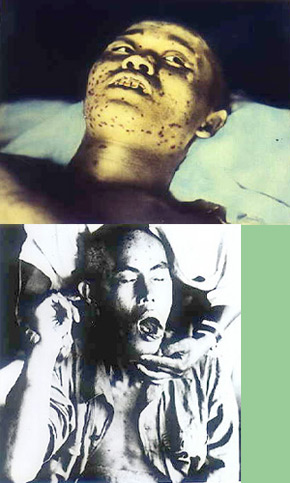Валентин Архангельский.
Кумо-сан
Прощальный кофе. Мы с Ямагути собирались откланяться. Вдруг, что-то вспомнив, вы извинились, из гэнкан — прихожей — поспешно вернулись в комнаты. Минуту спустя вновь появились.
— Не откажите в милости. Отвезите в Москву. Положите на могилу...
И протянули мне два бумажных лепестка, красный и желтый, перехваченные ниткой. Крылышки, хоботок, усики. Бабочка!
— Сама сделала. Прошу вас. Пусть сын получит весточку от матери...
Она долго жила у меня. Крохотное игривое существо. Я встаю спозаранку. На цыпочках, домашние спят, проникаю в кабинет, тихо приветствую: «Ну здравствуй, птаха заморская. Как ты тут?» Поводит тоненькими усиками, немигающе смотрит бархатными глазками-точечками.
 Япония
Япония
 Япония
Япония
 Япония
Япония 
 About 800 meters south of the hypocenter. The lush roadside trees in this quiet residential neighborhood burned to ashes. The explosion had completely buried the road in rubble.
About 800 meters south of the hypocenter. The lush roadside trees in this quiet residential neighborhood burned to ashes. The explosion had completely buried the road in rubble.
 НА ВТОРОЙ МИРОВОЙ ВСЕ ЕЩЕ НЕ ПОСТАВЛЕНА ТОЧКА И ВОЙНА ЖИВЕТ В КАЖДОМ ЯПОНЦЕ ДО СИХ ПОР.
НА ВТОРОЙ МИРОВОЙ ВСЕ ЕЩЕ НЕ ПОСТАВЛЕНА ТОЧКА И ВОЙНА ЖИВЕТ В КАЖДОМ ЯПОНЦЕ ДО СИХ ПОР.